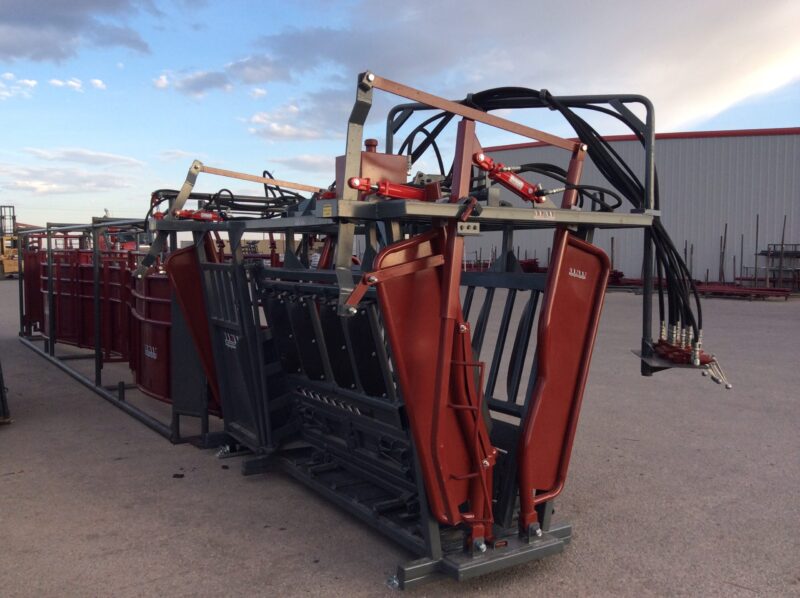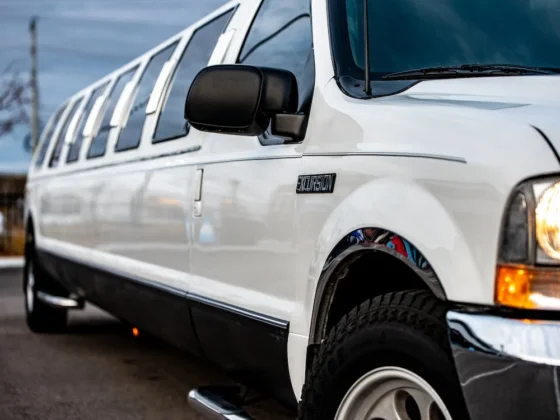There are different types of cattle handling equipment to help you manage your cattle. Some of them include cattle chutes, calf squeeze tilt tables, and cattle squeeze chambers. Others include fencing and enclosing systems. Here’s an overview of these equipment’s uses. Once you understand the different kinds of equipment’s use, you’ll be able to choose the right equipment for your specific cattle handling needs.
Calf Squeeze Tilt Tables
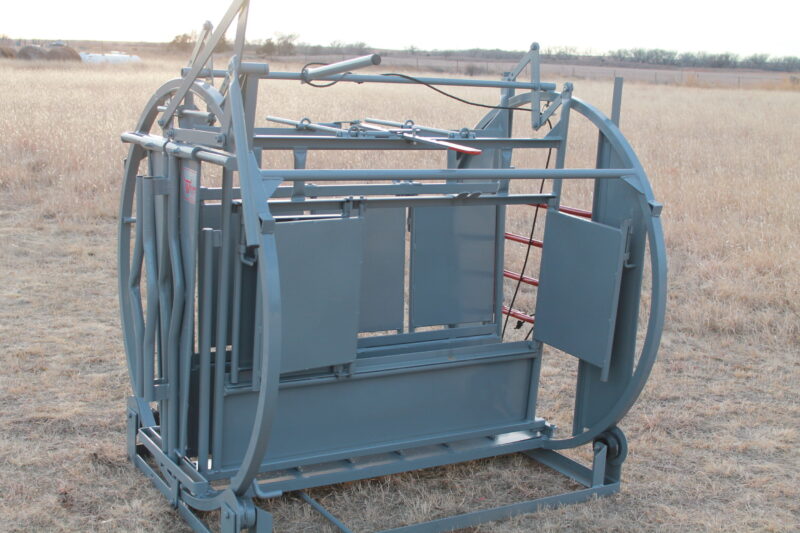
Cattle handling equipment is an important part of the cattle production process. It can be used for different tasks such as feeding and handling the cattle. Cattle handling equipment can help in reducing the risks of cattle tramples and injuries. They can also be used to perform vaccinations and branding. The equipment helps in making the entire process safer for the cows and the cowboy.
The cattle handling equipment comes in many different types and styles. These systems may differ in their sifting areas. Some are designed with a tub, while others are designed with a V-shaped funnel. The basic principles behind these different types of equipment are the same – they allow cattle to drink water.
Cattle Squeeze Chambers
There are many different types of cattle handling equipment. Each type has its own unique features and functions. Some are more convenient than others. For example, a squeeze chute has a self-catching headgate, which is helpful if your staff only has a limited supply of labor. Some of these types of equipment are hydraulic, while others are manual.
Squeeze chutes help to keep cattle from being stressed while being moved from one place to another. They can also help in vaccinations and deworming. However, you shouldn’t load them with too many cattle at once.
Fences and Enclosures
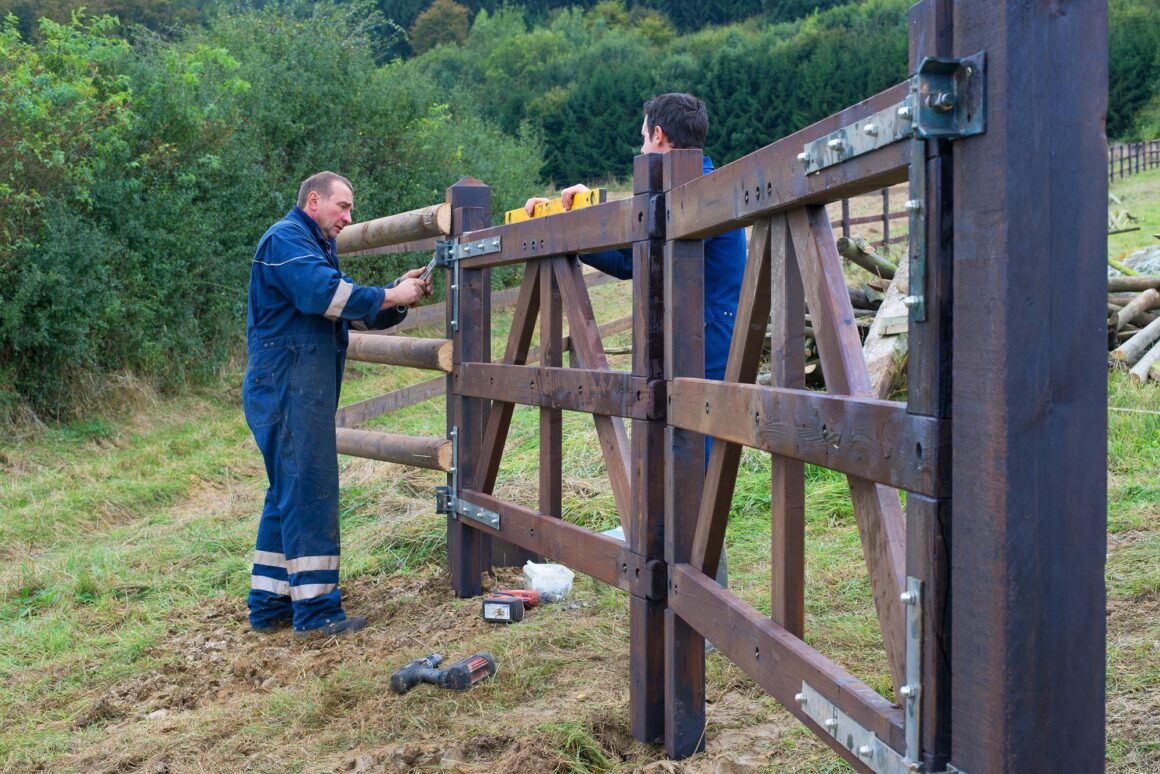
Cattle fences are usually made from three-eighth-inch smooth steel wire cables that are twisted together. Heavy springs at one end of the cables absorb the shock on the wires. The other end of each cable is rigidly attached to the next anchor post. These cables are normally installed through holes in wood posts, but other types of line posts are also used. The spacing between wires depends on the type of animal to be contained.
Cattle handling facilities should use fencing that prevents cattle from escaping or moving around. Some types of cattle handling facilities have permanent electric fences, while others use temporary electric fencing. In addition to main perimeter fencing, cross-fencing can also be electrified. Generally, heavy-wire-panel fences are recommended. Cattle handling facilities should use electric fencing as a last resort. The main goal of cattle handling facilities is to minimize stress on the animals.
Comfy Calf Suites
Comfortable cattle handling suites can help reduce the incidence of herd lameness by allowing cows to spend more time resting and reducing the time spent standing. Keeping cows relaxed while handling them is essential in order to increase the productivity of your operation. The most important cow handling rules are to move slowly and quietly, which will reduce the stress on the cows.
Tie Stalls
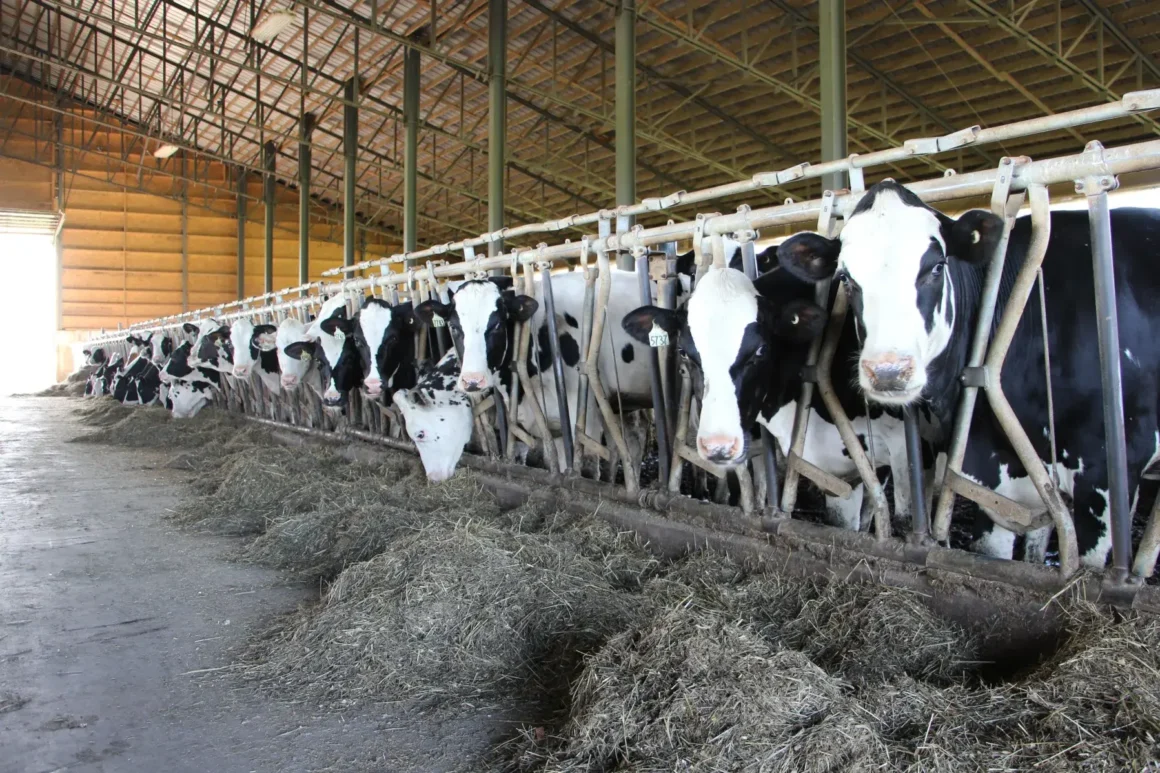
Cattle handling facilities include several different pieces of equipment to facilitate the movement and handling of cattle. They can include a crowding pen, holding pen, working chute, squeeze chute, headgate, loading chute, and scales. Some facilities do not require all of these pieces of equipment. Depending on your needs and your budget, you can choose which pieces you need.
Cattle prodders are another piece of equipment that is commonly used for moving cattle. A prodder is a curved board with a handler walkway along the inside radius. The handler is positioned behind the point of balance, usually at the shoulder.
Cattle Waterers
The ease with which one of our cattle waterers can be installed is its main benefit. When a unit is placed in a precise area, it has an automatic thermostat and auto fill valve that ensure the animals will receive water even in the toughest winter climates.
Cattle troughs are relatively simple to clean. Maintain regular cleaning and flushing to keep manure and detritus at bay. Check the appliance frequently for ineffective operation, leaks, corrosion, and other performance problems.
